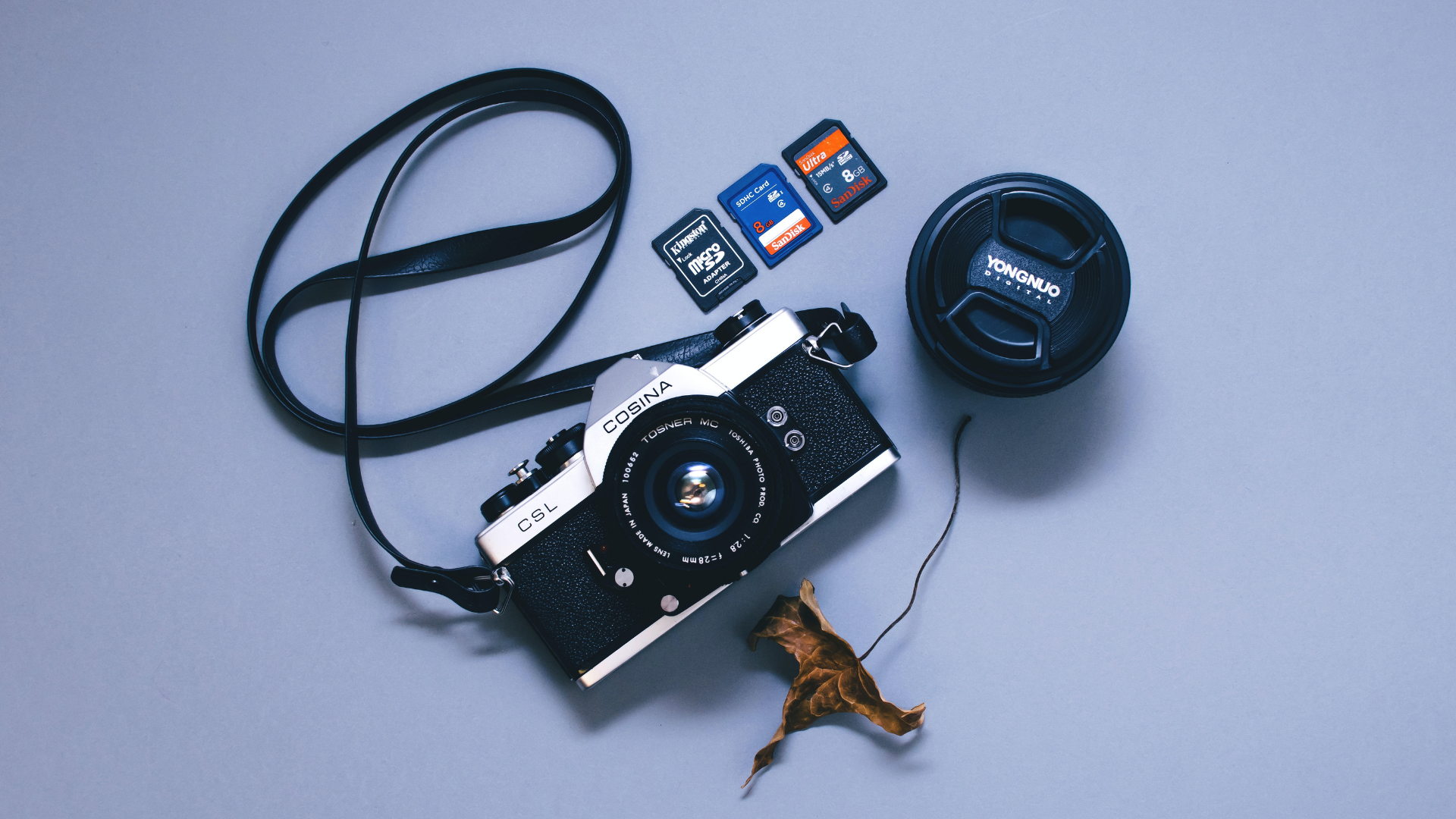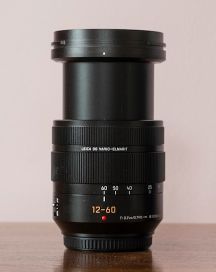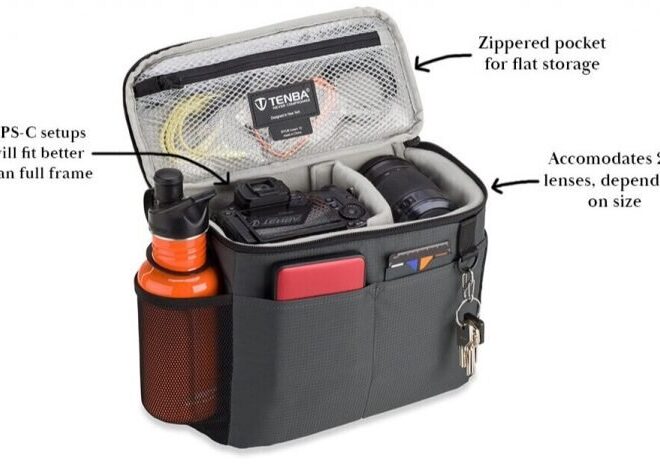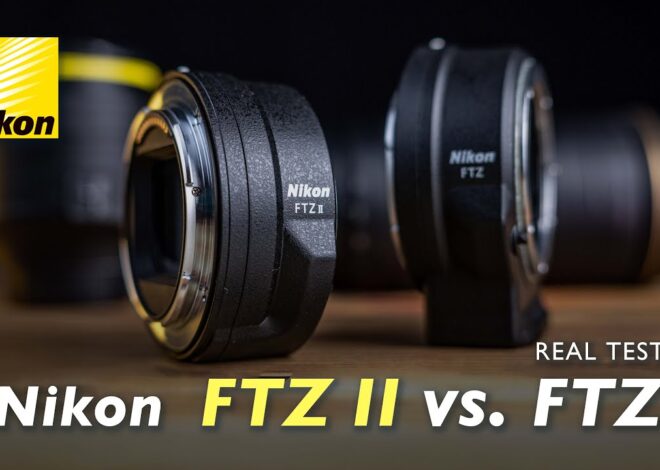
Panasonic 12-35 vs 12-60: Consider Getting a Standard zoom lens?
As an Amazon Associate, I earn from qualifying purchases.
A probationer in the camera and photography world is most of the time confused about what lens they should get. Kit lenses are paired with cameras or bundled with them to be cost-effective for a new buyer. These mostly include the standard zoom lens nowadays.
A standard zoom lens is inherently not as bad as its reputation makes them out to be. But for a fledgling photographer just taking on their hobby of shooting some classy photos, it is not a bad choice. To get to know the ins and outs of a new camera or when the budget is an issue and a better lens is not feasible, these lenses come in very handy.
Even these small in size lenses are large in number. So choosing the right one is essential because not every lens will suit the user’s needs properly. And thus we come to the debate of Panasonic 12-35 vs 12-60.
Panasonic 12-35 vs 12-60: Quick Comparison Chart
Some key differences between Panasonic 12-35 vs 12-60:
| Features | Panasonic 12-35mm | Panasonic 12-60mm |
| Lens type | Standard Zoom | |
| Focal length | 12mm to 35mm | 12mm to 60mm |
| Mount | Micro Four Thirds | |
| Aperture | f2.8 | F2.8-4.0 |
| Lens Coating | No | Nano Surface |
| Max magnification | 0.27x | 0.3x |
| Weight | 210g | 320g |
| Price | On | On |
| Release date | May 2012 | January 2017 |
What is the Key Difference Between the Panasonic 12-35 vs 12-60?
The Panasonic Lumix G Vario 12-35mm mark ii is the successor to the Mark 1 version which now comes with Power O.I.S instead of the regular optical image stabilization.
The Panasonic Leica 12-60mm is another cream of the crop standard zoom lens that they pair with their Lumix G cameras.
Both are a remarkable beginner to moderate lenses on their turfs and deliver excellent results for their price. Let’s dive deep into how they perform against one another.
Market Price
Without delay, we can see that there is a price variance of $100. These are sub $1000 zoom lenses that come bundled with a camera set.
Panasonic 12-35mm comes for $797.99. Panasonic 12-60mm is priced at $897.99.
So if we are to not consider other aspects, the Panasonic 12-35mm gets a point for being cheaper.
Design and Build Quality and Niceties
Both the lenses are built with metal bodies and feel firm and reliable in the hands. The inner tube in the 12-60mm lens is plastic.
The rings on the 12-35mm are rubberized but the 12-60mm has rings made out of metal as well which give off a premium look and feel.
Both have superb weather sealing, so traveling in bad weather conditions with the lenses will not pose problems because the mount is metal and there are metal gaskets around the mount.
On basic perception, the 12-60mm’s build gives off a more premium feel but the 12-35mm isn’t built badly either.
The lens hood that comes with the Panasonic 12-35mm is shabby but the one on the Panasonic 12-60mm is far better.
Here is some side-by-side comparison of how the lenses look not extended.

Here is how the lenses look fully extended.


In terms of overall build quality, the Panasonic 12-60mm is superior. So, the 12-60mm is the winner here.
Performance and Image Quality Comparison:
Now let’s talk about the main function of the lenses. We’ll be looking at the shoulder-to-shoulder photos and compare the different aspects such as sharpness, low light compensation, and other factors to determine the capabilities of the lenses.
Here are some photos that were taken at 12mm f2.8.

These photos have the same level of sharpness across the board with the 12-60mm showing better color reproduction. The f2.8 aperture setting only accurately works on the 12-60mm at 12mm focal length.
At 18mm they produce similar photos with no noticeable disparity among them. The 12-35mm is a tad bit sharper at f4.0 but it is almost negligible.
Here is a demonstration of photos taken at 18mm focal length.

The picture taken with the 12-60mm looks a bit cleaner and more detailed to my eyes.
The story, however, takes a turn when both lenses are pitted against one another at 25mm focal length. This is where the main difference in their performance is noticeably clear.
Here is a demonstration of 25mm focal length.

The sharpness level seems to deteriorate on the 12-35mm when the lens is extended and zoomed in. The 12-60mm keeps its performance consistent.
Next up is 35mm focal length and here, the real picture is revealed and the performance of the lenses can be put to the absolute test.
Let’s look at some photos taken at 35mm at f4.0.

At this focal length, the difference in sharpness and color reproduction is noteworthy. The Panasonic 12-60mm holds up this level of performance throughout its focal range.
So, in terms of quality and performance the Panasonic 12-60mm easily beats the Panasonic 12-35mm. Although, the 12-35mm is consistent at wider angles and can produce mesmerizing pictures as well.
Considering all that, the Panasonic 12-60mm gets another point and wins the performance duel.
Background Blur
The background blur looks smoother on the 12-60mm. Even the focused subject seems to be crispier and more well-defined with the least amount of focus breathing.
Here are some photos to demonstrate this.

The difference here isn’t huge but there is some disparity in the two photos. The 12-60mm also has better contrast and more vibrance in color.
The Panasonic 12-60mm scores another point for this.
Panasonic 12-35 vs 12-60, which one is the best choice?
The decision mainly comes down to budget. Overall performance of the two lenses, the Panasonic 12-35 vs 12-60 is quite similar. If both samples are not present together it is very hard to tell the difference.
Not only is the Panasonic 12-60mm better in terms of build quality and performance, but it also comes with the extra focal range which is very convenient in a lot of situations.
To conclude, the 12-60mm beats the 12-35mm in almost every aspect. So the winner of this discourse is undoubtedly the Panasonic 12-60mm.
Frequently Asked Questions (FAQs)
Is a 12 60mm lens good?
The 12 60mm lenses are really good for their local length. It has enough magnification to take shots of the subjects far from the camera.
What is a 12 35mm lens good for?
35mm lenses are great to shoot landscapes, portraits, and street photography. This is by far the most used lens for photographers.
Is Panasonic 12 60mm weather sealed?
Yes, Panasonic 12 60mm is weather sealed lens with an all-weather proof body.
Final Words
Although the lenses have limited capabilities, whether it is shooting wide-angle landscapes or portraits, they both perform astoundingly well. But bearing in mind that the price difference is only $100 it would be wise to save up for the better 12-60mm lens.
I hope you have gained the knowledge necessary to make the decision on which to buy when considering Panasonic 12-35 vs 12-60.
The 12-35mm is by no means a bad lens. And for beginner photographers, it might deliver some good results till they upgrade to a better lens.
Related Posts:
- Kenko vs Tamron Teleconverters & Why Should Consider Using These
- Canon rf 24-105 vs rf 24-240: Why is Choosing the Perfect Lens so Important?
- Tamron 70 200 G2 vs Nikon 70 200 Vrii: The Ultimate Comparison
- Sony 24 GM vs 35mm GM: What Values Does Sony’s GM Bring?
- Sony 200-600mm vs Nikon 200-500mm: Why Would You Pay The Extra Price?



